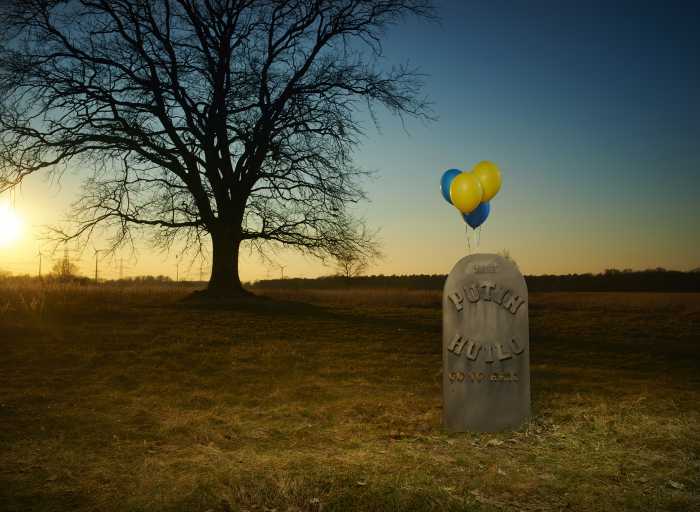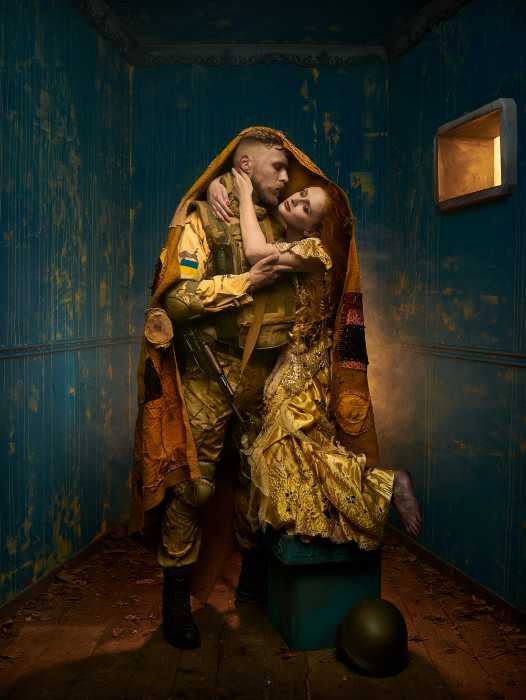
The picture is based on a Danish fairy tale written by Hans Christian Andersen "The Emperor's New Clothes" (Danish: Kejserens nye klæder [ˈkʰɑjsɐns ˈnyˀə ˈkʰleːɐ̯]). It is a literary folktale written by Danish author Hans Christian Andersen, about a vain emperor who gets exposed before his subjects. The tale has been translated into over 100 languages. "The Emperor's New Clothes" was first published with "The Little Mermaid" in Copenhagen, by C. A. Reitzel, on 7 April 1837, as the third and final installment of Andersen's Fairy Tales Told for Children. The tale has been adapted to various media, and the story's title, the phrase "the Emperor has no clothes", and variations thereof have been adopted for use in numerous other works and as an idiom. (Wiki)

The picture is based on a Danish fairy tale written by Hans Christian Andersen "The Emperor's New Clothes" (Danish: Kejserens nye klæder [ˈkʰɑjsɐns ˈnyˀə ˈkʰleːɐ̯]). It is a literary folktale written by Danish author Hans Christian Andersen, about a vain emperor who gets exposed before his subjects. The tale has been translated into over 100 languages. "The Emperor's New Clothes" was first published with "The Little Mermaid" in Copenhagen, by C. A. Reitzel, on 7 April 1837, as the third and final installment of Andersen's Fairy Tales Told for Children. The tale has been adapted to various media, and the story's title, the phrase "the Emperor has no clothes", and variations thereof have been adopted for use in numerous other works and as an idiom. (Wiki)




